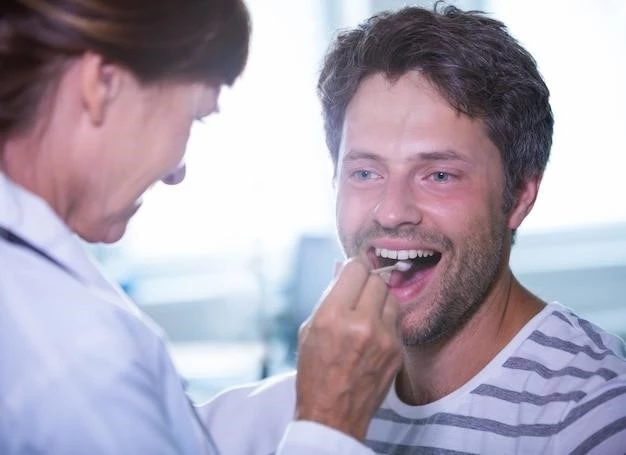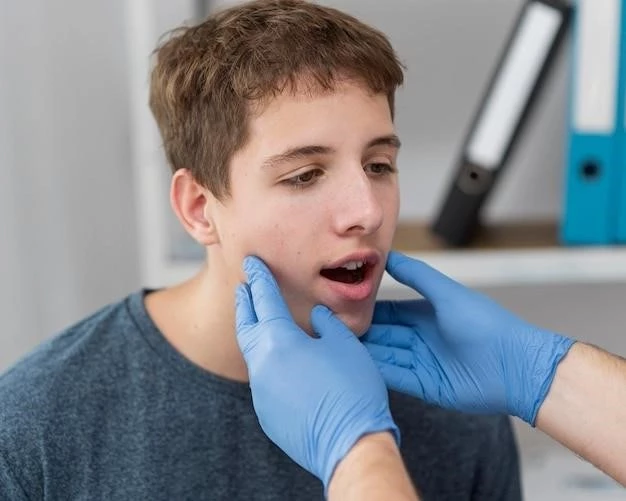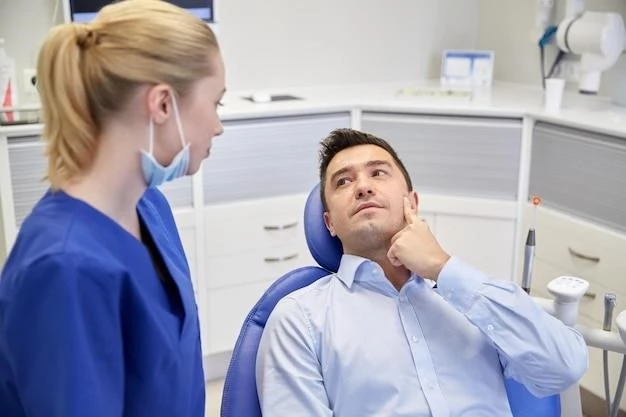Introduction to Tricho-Dento-Osseous Syndrome
Tricho-dento-osseous (TDO) syndrome is a rare autosomal dominant disorder characterized by abnormalities of hair, teeth, and bone.
Tricho-dento-osseous (TDO) syndrome is a rare autosomal dominant disorder characterized by abnormalities in hair, teeth, and bone. The syndrome presents with curly hair, severe enamel defects, taurodontism, sclerotic bone, and other associated abnormalities. It is a genetic condition with complete penetrance and variable expression, impacting multiple aspects of an individual’s health.

Clinical Features of Tricho-Dento-Osseous Syndrome
Tricho-dento-osseous syndrome presents with curly hair, severe enamel defects, taurodontism, sclerotic bone, and other associated abnormalities.
Definition and Overview
Tricho-dento-osseous (TDO) syndrome is a rare genetic disorder characterized by abnormalities in hair, teeth, and bone. It is an autosomal dominant condition, presenting with curly hair, severe enamel defects, taurodontism of teeth, and sclerotic bone.
Dental Abnormalities
Individuals with Tricho-Dento-Osseous Syndrome commonly exhibit severe enamel defects, taurodontism of teeth, and other dental abnormalities, contributing to the distinct clinical profile of the syndrome.
Bone Abnormalities
Tricho-dento-osseous syndrome is characterized by abnormalities in bone structure, including sclerotic bone lesions and increased overall bone mineral density, contributing to the unique presentation of this rare genetic disorder.
Diagnosis and Inheritance of Tricho-Dento-Osseous Syndrome
Tricho-dento-osseous syndrome is inherited as an autosomal dominant disorder, with a 50% chance of passing the gene to offspring. Diagnostic criteria include enamel defects٫ taurodontism of teeth٫ and a distinct inheritance pattern.
Diagnostic Criteria
The diagnostic criteria for Tricho-Dento-Osseous syndrome include curly hair in infancy, severe enamel defects, taurodontism of teeth, sclerotic bone lesions, and other associated abnormalities, aiding in the identification of this rare genetic disorder.
Inheritance Pattern
Tricho-dento-osseous syndrome follows an autosomal dominant inheritance pattern, with a 50% chance of passing the gene to offspring. This genetic disorder, characterized by abnormalities in hair, teeth, and bone, can be further explored through genetic studies and online resources.
Genetic Mutations and Causes
Tricho-dento-osseous syndrome is associated with genetic mutations, particularly in the DLX3 gene, leading to the characteristic abnormalities in hair, teeth, and bone.
DLX3 Gene Mutation
The DLX3 gene mutation is responsible for Tricho-Dento-Osseous Syndrome, leading to abnormalities in hair, teeth, and bone in affected individuals. This genetic mutation plays a crucial role in the manifestation of the syndrome.
Tricho-dento-osseous (TDO) syndrome is a rare genetic disorder that affects individuals with abnormalities in hair, teeth, and bone structures. Reported cases indicate its rarity in the population.
Reported Cases and Geographical Distribution
Tricho-dento-osseous syndrome, a rare genetic disorder, shows varying prevalence among different regions, with recent documented cases in areas like Virginia, Tennessee, and North Carolina, highlighting geographical clustering of affected individuals.

Management and Treatment of Tricho-Dento-Osseous Syndrome
Challenges in managing Tricho-Dento-Osseous Syndrome include addressing dental and skeletal abnormalities, requiring a comprehensive approach for effective treatment.
Prevalence and Rarity of Tricho-Dento-Osseous Syndrome
Tricho-dento-osseous (TDO) syndrome is a rare genetic disorder that affects individuals with abnormalities in hair, teeth, and bone structures. Reported cases indicate its rarity in the population.
Research and Studies on Tricho-Dento-Osseous Syndrome
Case reports and genetic studies provide valuable insights into Tricho-Dento-Osseous Syndrome, shedding light on its genetic and clinical characteristics.
Case Reports and Genetic Studies
Case reports and genetic studies provide valuable insights into Tricho-Dento-Osseous Syndrome, shedding light on its genetic and clinical characteristics.
Support and Resources for Individuals with Tricho-Dento-Osseous Syndrome
Organizations providing assistance to individuals with Tricho-Dento-Osseous Syndrome offer valuable support and resources to those affected by this rare genetic disorder.
Organizations Providing Assistance
The National Foundation for Ectodermal Dysplasias and the GARD Genetic and Rare Diseases Information Center are essential organizations offering support and resources to individuals with Tricho-Dento-Osseous Syndrome, aiding in their management and understanding of the condition.
Differential Diagnosis of Tricho-Dento-Osseous Syndrome
Distinct from other syndromes, the presence of curly hair, severe enamel defects, and bone abnormalities aids in diagnosing Tricho-Dento-Osseous Syndrome.
Distinction from Similar Syndromes
The distinctive clinical characteristics of Tricho-Dento-Osseous Syndrome, including curly hair, severe enamel defects, and bone abnormalities, allow for a clear differentiation from other syndromes with similar presentations.
Impact of Tricho-Dento-Osseous Syndrome on Patients
Psychological and social effects of Tricho-Dento-Osseous Syndrome may significantly impact patients, highlighting the importance of support and understanding.
Psychological and Social Effects
Individuals with Tricho-Dento-Osseous Syndrome may experience psychological and social challenges due to the visible abnormalities affecting their hair, teeth, and bone structures, potentially impacting their self-esteem and social interactions.
Future Prospects and Research Directions
Advancements in understanding and treating Tricho-Dento-Osseous Syndrome focus on genetic studies and clinical research to improve management strategies and outcomes for individuals affected by this rare genetic disorder.
Advancements in Understanding and Treating TDO
Ongoing advancements in genetic studies and clinical research are crucial for understanding and improving the management of Tricho-Dento-Osseous Syndrome. These advancements hold promise for enhancing treatment strategies and outcomes for individuals affected by this rare genetic disorder.
Conclusion⁚ Summary of Key Points about Tricho-Dento-Osseous Syndrome
Tricho-Dento-Osseous Syndrome, a rare autosomal dominant disorder, manifests with distinct clinical features including curly hair, severe enamel defects, taurodontism, and sclerotic bone lesions. Advances in genetic studies and research provide valuable insights into the diagnosis, management, and impact of this syndrome on affected individuals, emphasizing the importance of continued research to enhance understanding and treatment options.
